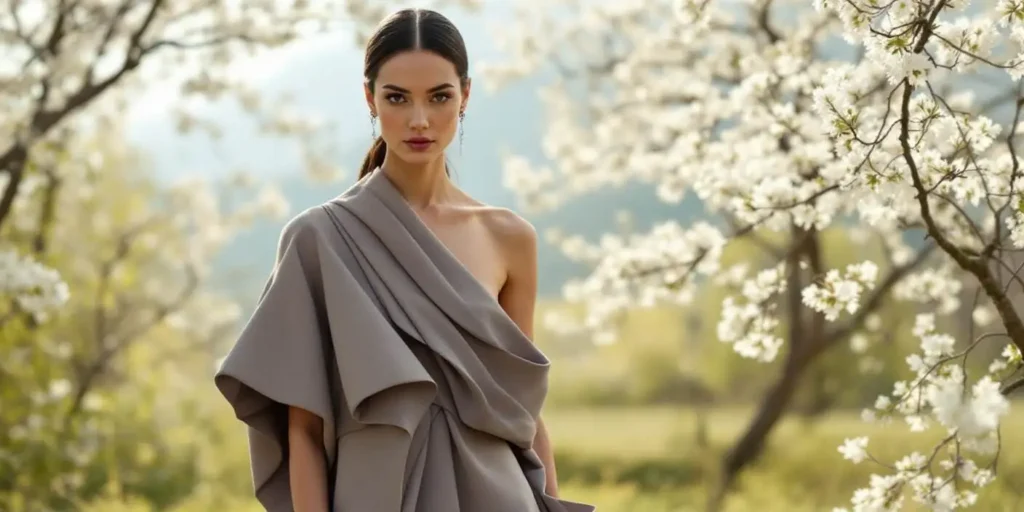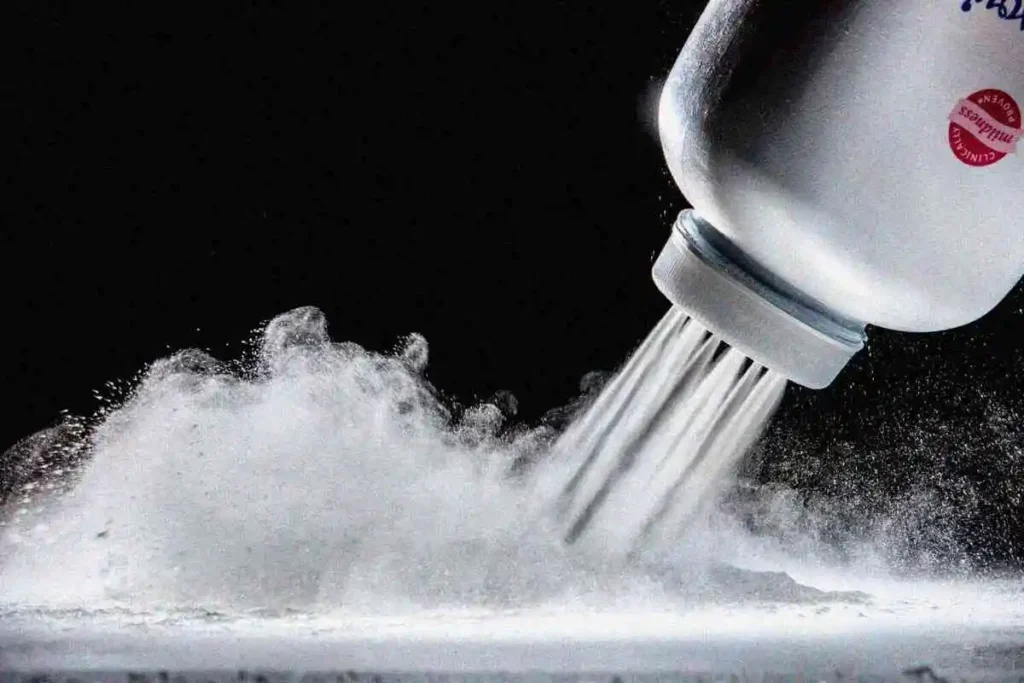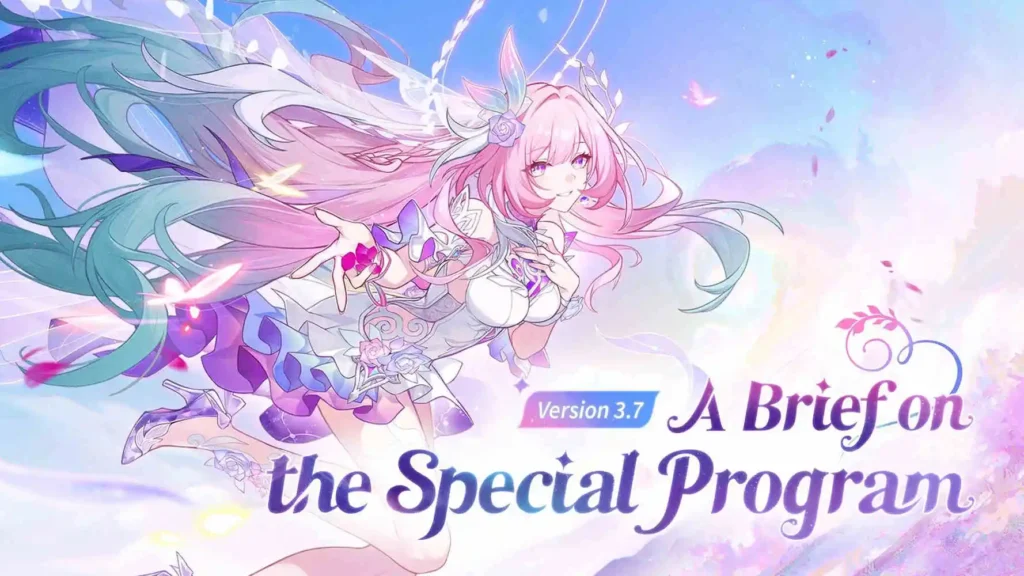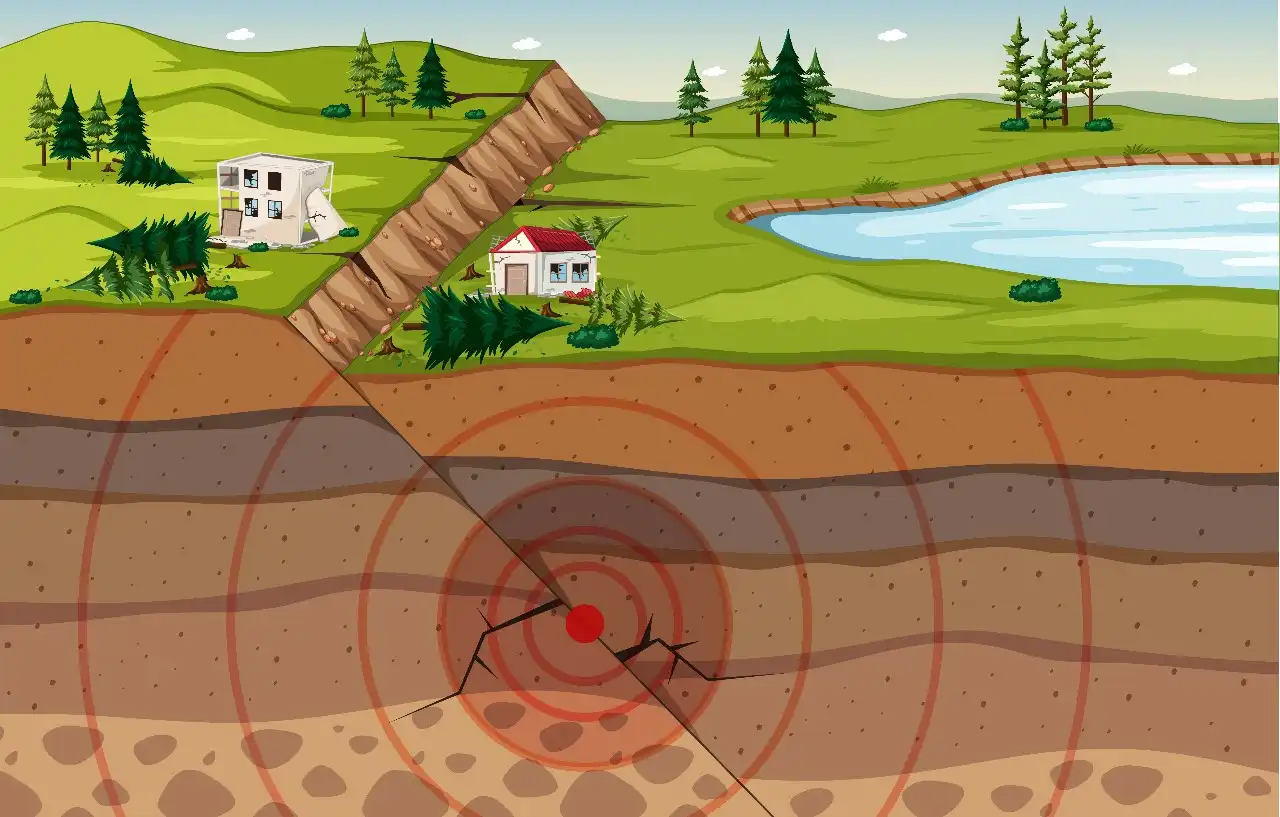Now Reading: Hello to the World: Your Ultimate Guide to Global Cultural Greeting Traditions
-
01
Hello to the World: Your Ultimate Guide to Global Cultural Greeting Traditions
Hello to the World: Your Ultimate Guide to Global Cultural Greeting Traditions

Saying hello varies greatly across the planet. This guide delves into the fascinating history and meaning behind diverse global cultural greeting traditions, from the common handshake to the sacred Hongi. Understanding these customs is the key to building better connections, ensuring your first impression is always positive.
Have you ever stopped to think about the simple word “hello”? We use it every day without a second thought. But, how we say it changes dramatically depending on where we are in the world. A simple greeting is an incredibly powerful tool.
In fact, it’s the very first step to making a human connection. Most importantly, it shows respect and opens the door to friendship and understanding. This comprehensive guide will take you on a journey across the globe.
We will explore the rich tapestry of global cultural greeting traditions. You will learn why a firm handshake is expected in one country, while a graceful bow is preferred in another. Moreover, understanding these vital customs is the key to making a great first impression.
Let’s dive deep into the beautiful and complex art of the greeting. This is your ultimate guide to the world’s greetings.
The Surprising History of Greetings Around the World
Greetings are not a new invention. In truth, the history of greetings around the world is as old as civilization itself. Many greetings began as practical ways to show you were peaceful.
For instance, the handshake started in ancient Greece and Rome. Soldiers would offer their empty right hand. This simple gesture proved they were not holding a weapon. Consequently, it became a universal sign of trust and peace.
Over many centuries, these gestures evolved. They became deeply woven into a culture’s identity. Above all, a greeting transformed into a way to show respect for others. It could signal your social status or your relationship with the person you were meeting.
Each of these global cultural greeting traditions, therefore, tells a unique story about its people, their values, and their long history.
More Than Words: The Different Types of Greetings
When we think of greetings, words often come to mind first. However, many of the world’s most important greetings are nonverbal. These are the powerful gestures we make with our bodies.
The different types of greetings can be broken down into a few main categories. These include greetings with touch, greetings with bowing or gestures, and other highly symbolic greetings.

For example, a handshake clearly involves touch. Similarly, a warm hug or a friendly kiss on the cheek are also greetings based on physical contact. On the other hand, a bow in Japan is a gesture of deep respect that avoids touch completely.
Understanding these fundamental differences is the first step in mastering cross cultural communication. These greeting rituals and gestures form the silent language of acceptance.
The Firm Handshake: A Western Welcome
In many Western countries, the handshake reigns supreme. From a critical business meeting in New York to a casual family gathering in London, the handshake is a standard sign of welcome.
But, you should know that not all handshakes are the same. In the United States, for instance, a firm, confident handshake with eye contact is expected. A weak handshake, often called a “limp fish,” might be seen as a sign of insecurity or disinterest.
In other places, however, the rules are slightly different. In France, a handshake is often much lighter and quicker. Meanwhile, in many parts of the Middle East, a handshake between a man and a woman is not common unless the woman offers her hand first.
This is a crucial piece of global etiquette and manners. Therefore, it is always wise to pause and pay attention to the local custom before extending your hand.
The Graceful Bow: Bowing Etiquette in Asia
If you travel to East Asia, you will quickly see that bowing is a central part of greetings. This is especially true in Japan and Korea. The bow is a powerful and elegant sign of respect.
Importantly, the depth of the bow communicates different levels of respect. A small nod of the head is a casual hello between friends. In contrast, a deep bow from the waist shows immense respect or a sincere apology.
In Japan, bowing etiquette in Asia is a true art form. The rules are very specific.
- A 15-degree bow is a common greeting for equals or colleagues.
- A 30-degree bow is used for teachers, bosses, or customers.
- A 45-degree bow is reserved for expressing a deep apology or greeting someone of very high importance.
This gesture beautifully shows the cultural meaning of greetings in a society that values hierarchy and respect. It’s a core part of their traditional greetings and customs.
A Kiss on the Cheek: The Cheek Kissing Tradition
In much of Europe, Latin America, and the Middle East, a kiss on the cheek is a very common greeting. The cheek kissing tradition is typically used between friends and family, both male and female.
However, the number of kisses changes dramatically from place to place. This can be very confusing for travelers. So, it’s good to be prepared.
For example, in Spain, you give one kiss on each cheek, starting with the right. In France, the number can be two, three, or even four, depending on the region you’re in. Meanwhile, in Argentina, just one quick cheek kiss is the norm.
The best advice is to follow the other person’s lead. This greeting is a warm gesture, but it’s usually not used in professional settings on a first meeting. It’s a wonderful example of intimate global cultural greeting traditions.
Greetings Across Africa: A Continent of Diversity
Africa is a vast continent with thousands of cultures. As a result, its greetings are incredibly diverse. In North Africa, for instance, you might find greetings similar to the Middle East, with handshakes and placing a hand over the heart. Further south, you find a whole new world of traditional greetings and customs.
In Zimbabwe and Mozambique, you might greet someone by clapping your hands. The first person claps once, and the second person claps twice in response. In Botswana, people use a complex, three-part handshake. It involves a regular handshake, linking thumbs, and then another handshake.
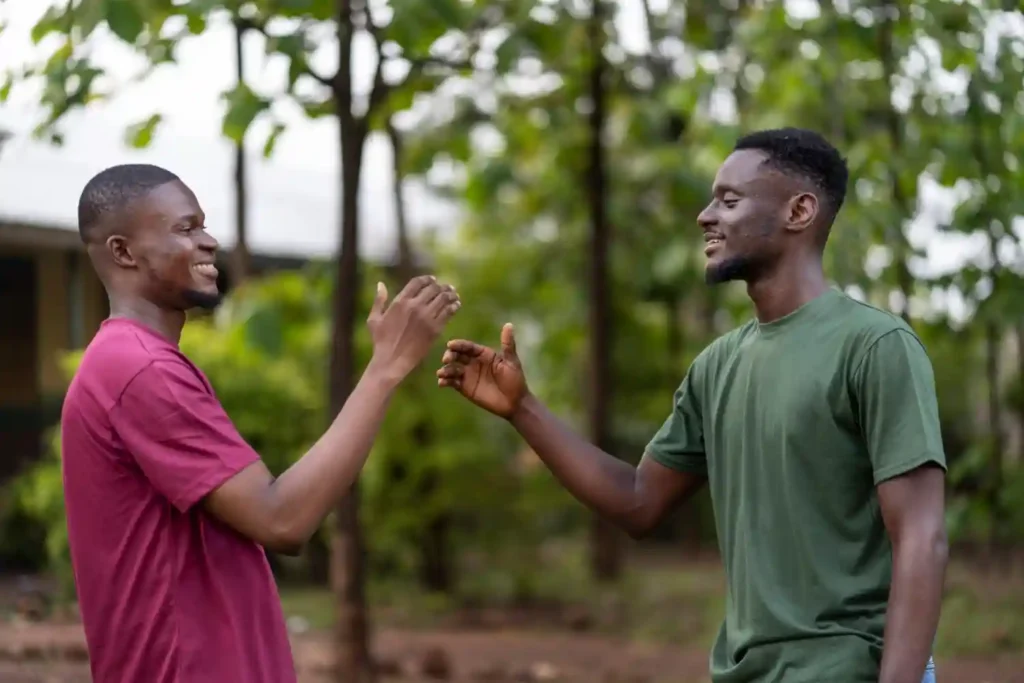
Another fascinating example comes from the Maasai people of Kenya and Tanzania. Warriors might greet each other by spitting at their feet as a sign of respect and blessing. These unique global cultural greeting traditions highlight the continent’s rich heritage.
Unique Traditional Greetings and Customs You Should Know
Beyond the handshake, bow, and kiss, there are countless unique traditional greetings and customs. These greetings often have deep historical and spiritual meanings. Subsequently, learning about them gives us a richer understanding of the world’s people.
The Hongi: A Sacred Māori Greeting
In New Zealand, the indigenous Māori people have a beautiful greeting called the Hongi. The maori hongi greeting meaning is incredibly powerful. To perform the Hongi, two people gently press their noses and foreheads together.
This act symbolizes the exchange of “ha,” or the breath of life. By sharing the same air, the two people are no longer visitors. Instead, they become one. It is a deeply moving gesture of unity.
The Tibetan Tongue Greeting: A Sign of Peace
One of the world’s most unusual greetings comes from Tibet. Here, some people may greet you by sticking out their tongue. At first, this might seem rude. However, the Tibetan tongue greeting history shows it is a sign of peace.
This tradition dates back to a cruel 9th-century king who had a black tongue. People began sticking out their tongues to prove they were not his evil reincarnation.
Here is a simple table to help you remember some of these global cultural greeting traditions:
| Country/Region | Common Greeting | Quick Tip |
| United States | Firm Handshake | Make eye contact and offer a confident grip. |
| Japan | Bowing | The deeper the bow, the more respect you show. |
| France | Two Cheek Kisses | Start with the right cheek; common among friends. |
| New Zealand (Māori) | Hongi | Press noses and foreheads together gently. |
| Thailand | Wai | Place palms together like a prayer and give a slight bow. |
| Tibet | Sticking Tongue Out | A traditional sign that you come in peace. |
| Zimbabwe | Hand Clapping | A rhythmic clap to say hello between two people. |
| Philippines | Mano | Gently press an elder’s hand to your forehead. |
The Social Importance of Greetings in 2025
The social importance of greetings has not faded in our modern world. In fact, it might be more important than ever. In our interconnected world of 2025, we interact with people from different backgrounds daily.
The recent global pandemic also changed how we greet each other. For a time, handshakes were replaced with elbow bumps and fist bumps. This showed how global cultural greeting traditions can adapt to new challenges.
Using the right greeting is the core of global etiquette and manners. When you use the correct greeting, you show that you have taken the time to learn about someone’s culture.
Above all, this gesture demonstrates respect. This small effort can build powerful bridges and prevent awkward misunderstandings. It is the foundation of all positive human interaction.
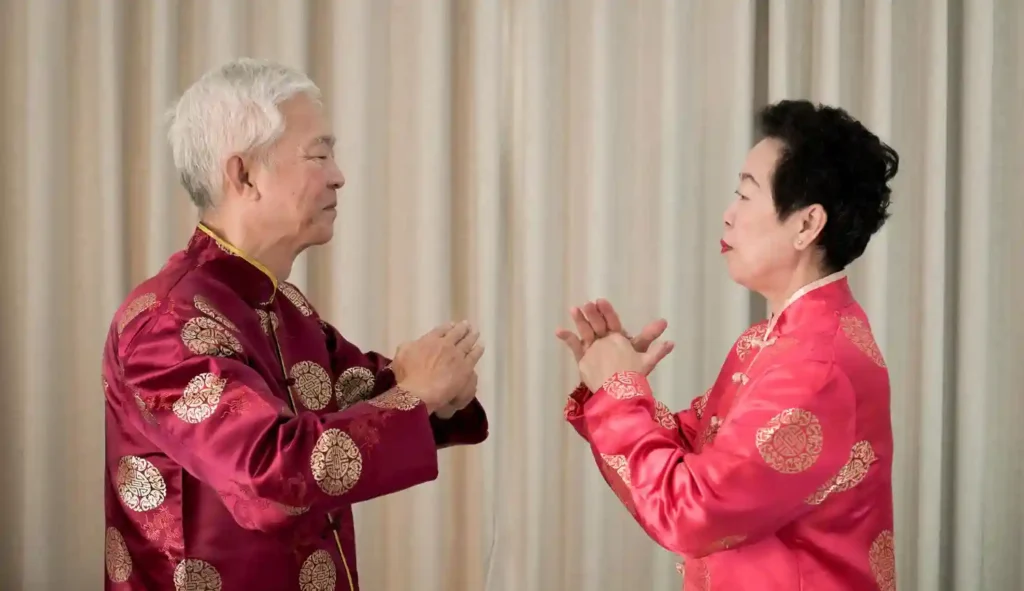
Conclusion: Connecting Through Our Global Cultural Greeting Traditions
From a firm handshake in Germany to the sharing of breath in the Hongi, global cultural greeting traditions are wonderfully diverse. Each one offers a window into the heart of a culture.
They remind us that while we may have different customs, we all share the same basic human need for connection and respect. A greeting is the first and most important step.
Therefore, the next time you travel or meet someone from a different culture, take a moment to learn their greeting. It is a small gesture with a massive impact.
By embracing these rich traditions, you do more than just say hello. You show that you are open, respectful, and ready to connect on a much deeper level. You celebrate the beautiful diversity of our world.
FAQs
The handshake began as a gesture of peace. By showing an empty right hand, individuals proved they were not carrying a weapon, establishing trust.
A deeper bow communicates a higher level of respect. It is reserved for elders, people of high status, or as part of a formal apology.
The Hongi involves two people pressing noses and foreheads. It symbolizes the exchange of the “breath of life,” creating a special, unified connection.
Learning global greetings shows respect for other cultures. This simple effort helps build stronger connections and avoids misunderstandings when meeting new people from around the world.
No, it varies significantly by region. The number of kisses can range from one in Argentina to four in some parts of France.

Ethan Cole is an American journalist with expertise across weather, tech, travel, and culture. With over 15 years of experience, he delivers sharp, reader-friendly stories that simplify complex topics and connect with audiences worldwide.
Stay Informed With the Latest & Most Important News
Previous Post
Next Post
-
 01Happy Gilmore 2: Your Complete Guide to the Golf Comedy Sequel
01Happy Gilmore 2: Your Complete Guide to the Golf Comedy Sequel -
 02Joe Root’s Test Runs: England’s Batting Genius in Focus
02Joe Root’s Test Runs: England’s Batting Genius in Focus -
 03The Bad Guys 2 (2025): Everything We Know So Far
03The Bad Guys 2 (2025): Everything We Know So Far -
 04RTX 50 Series Unleashed: Next-Gen Gaming Power Awaits!
04RTX 50 Series Unleashed: Next-Gen Gaming Power Awaits! -
 05Demon Slayer: Kimetsu no Yaiba The Movie: Infinity Castle Tickets – Your Guide to the Epic Anime Event
05Demon Slayer: Kimetsu no Yaiba The Movie: Infinity Castle Tickets – Your Guide to the Epic Anime Event -
 06The Naked Gun 2025: What to Know About the Comeback Comedy Starring Liam Neeson
06The Naked Gun 2025: What to Know About the Comeback Comedy Starring Liam Neeson -
 07Sensory Clothing for Kids: What Every Parent Needs to Know
07Sensory Clothing for Kids: What Every Parent Needs to Know


